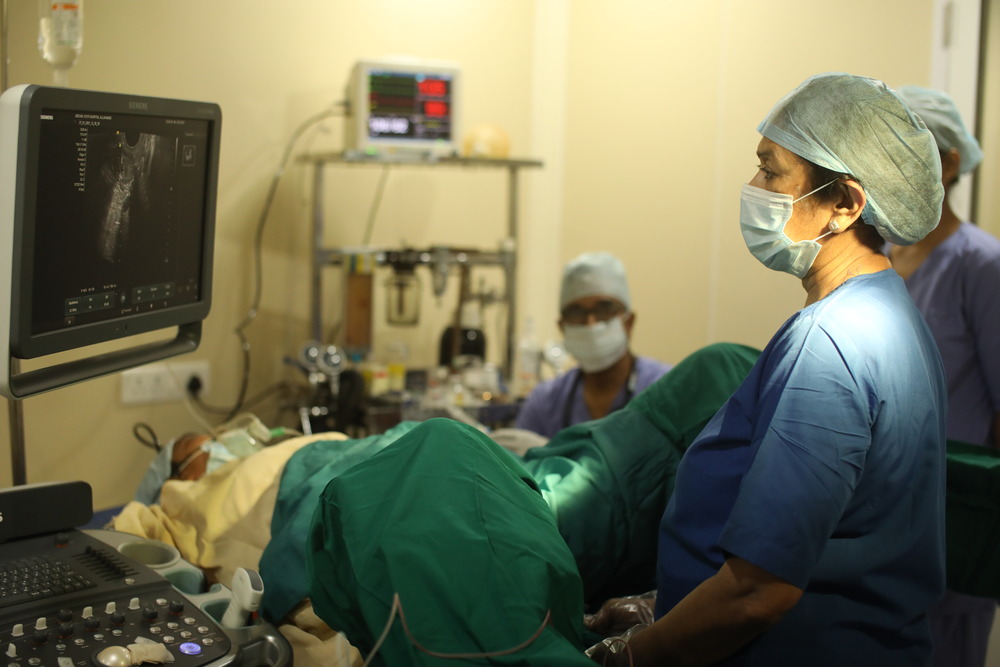Platelet-rich plasma (PRP) therapy has also found applications in Gynecology. Here are some of the ways PRP is used in Gynecological treatments:

1. Pelvic Floor Disorders: PRP injections can be used to treat pelvic floor disorders such as urinary incontinence and pelvic organ prolapse. PRP injections into the pelvic floor muscles can help strengthen and rejuvenate the tissue, improving support for the pelvic organs and reducing symptoms.
2. Sexual Dysfunction: PRP therapy is sometimes used to address sexual dysfunction in women, including conditions like female sexual arousal disorder (FSAD) and hypoactive sexual desire disorder (HSDD). PRP injections into the vaginal tissue can help improve blood flow, sensitivity, and lubrication, leading to enhanced sexual function and satisfaction.
3. Vaginal Rejuvenation: PRP injections can be used for vaginal rejuvenation, aiming to improve tissue tone, elasticity, and lubrication. This can help alleviate symptoms of vaginal atrophy, such as dryness, discomfort, and pain during intercourse, particularly in postmenopausal women.

4. Treatment of Lichen Sclerosus: Lichen sclerosus is a chronic inflammatory condition that affects the skin around the genital and anal areas. PRP injections may help alleviate symptoms and promote healing by stimulating tissue regeneration and reducing inflammation.
5. Postpartum Healing: PRP therapy can aid in the healing process after childbirth, particularly in cases of perineal tears or episiotomies. PRP injections may accelerate tissue repair, reduce pain, and improve overall recovery.
6. Treatment of Chronic Pelvic Pain: PRP injections into specific pelvic structures, such as the pudendal nerve or pelvic ligaments, may help alleviate chronic pelvic pain by promoting tissue regeneration and reducing inflammation.
7. Enhancement of Gynecological Surgeries: PRP can be used as an adjunct to various Gynecological surgeries, such as vaginal rejuvenation procedures or vaginal reconstructive surgery. PRP may promote faster healing, reduce scarring, and improve overall surgical outcomes.
It's important to note that while PRP therapy shows promise in Gynecological applications, more research is needed to fully understand its efficacy and safety in these contexts. As with any medical treatment, PRP therapy should be administered by qualified healthcare professionals after a thorough evaluation of the patient's condition and medical history.